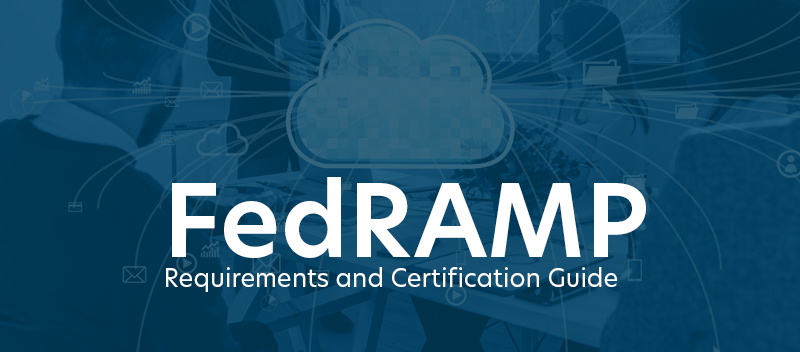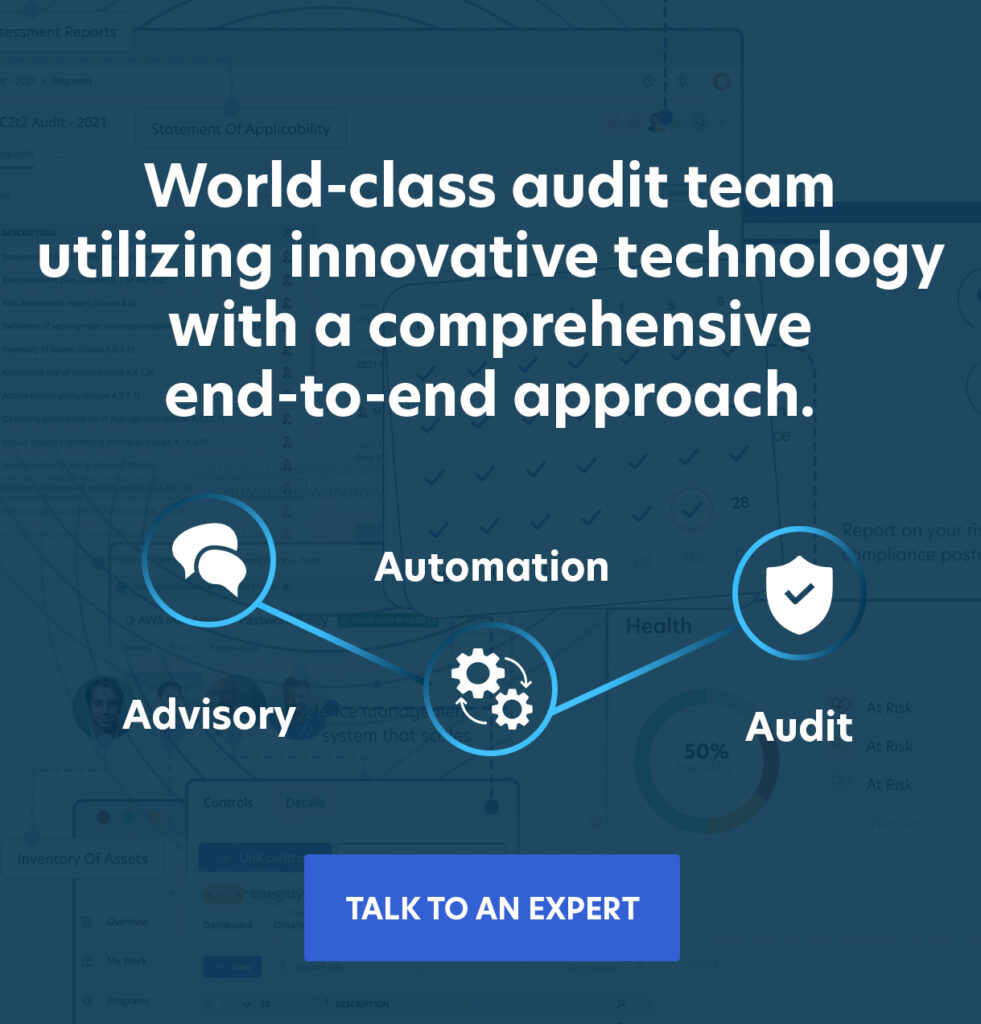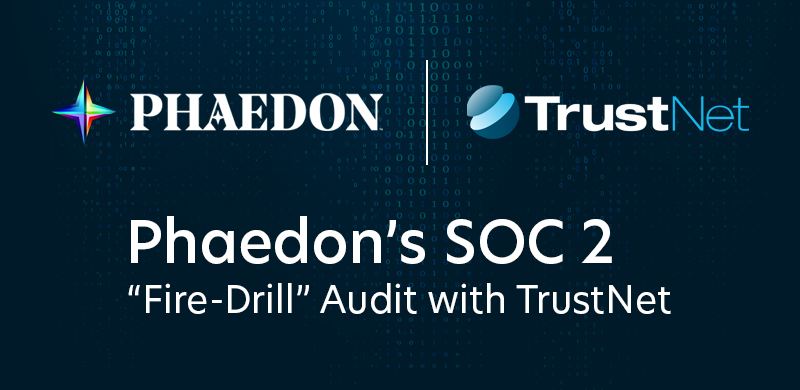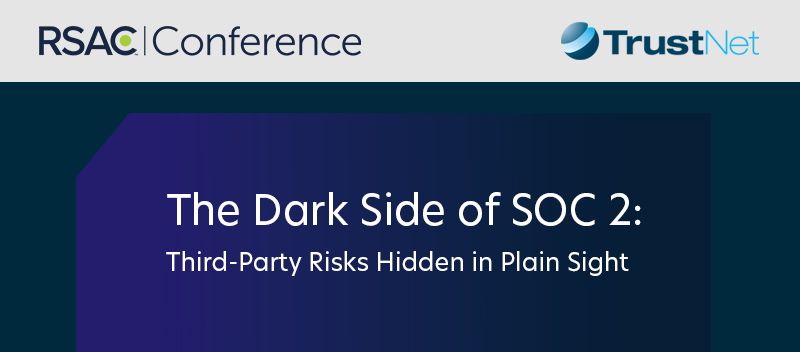Cloud Security Compliance: FedRAMP Requirements and Certification Guide

FedRAMP compliance is essential for organizations that provide cloud services to federal agencies. It ensures data security, standardizes best practices, and builds trust with government clients.
What is FedRAMP?
-
- The Federal Risk and Authorization Management Program sets nationwide standards for cloud security, ensuring consistent evaluation and monitoring across government-used services.
Why is FedRAMP Compliance Important?
-
- Compliance reinforces data protection, reduces cybersecurity risks, and opens the door to valuable federal contracting opportunities.
Overview of the FedRAMP Authorization Process
-
- This multi-step certification process includes readiness assessments, the implementation of security controls, and rigorous audits to verify compliance with federal standards.
FedRAMP Security Levels
-
- Low, Moderate, and High security levels are tailored to protect data based on sensitivity, ensuring robust, appropriate safeguards.
Read on to explore detailed insights, actionable tips, and best practices for successfully achieving and maintaining FedRAMP compliance.
Core FedRAMP Security Controls
FedRAMP defines a stringent set of security controls that cloud service providers (CSPs) must implement to protect government data and systems. These controls are a foundation for maintaining compliance and ensuring cloud environments remain secure, reliable, and resilient. Below are the key areas of focus:
— Access Control
-
- Authentication and Authorization: Establish robust processes for verifying user identities and granting access only to authorized personnel.
- Principle of Least Privilege: Limit user permissions to only what is necessary for job responsibilities.
- Account Management: Ensure accounts are monitored, reviewed, and deactivated when no longer needed.
— Identification and Authentication
-
- Multi-Factor Authentication (MFA): Strengthen security by requiring a combination of credentials, such as passwords, tokens, or biometrics.
- Identity Verification: Use rigorous identity-proofing mechanisms to confirm user credentials.
— System and Communication Protection
-
- Encryption: Safeguard data in transit and at rest using high-level encryption standards.
- Firewalls: Deploy strong firewall rules to isolate and protect system boundaries.
- Intrusion Detection and Prevention Systems: Continuously monitor and block unauthorized access attempts.
— Information Protection
-
- Data Classification and Labeling: Categorize data based on sensitivity and ensure appropriate labeling for secure handling.
- Access Controls: Enforce strict controls that prevent unauthorized users from accessing sensitive information.
— System and Information Integrity
-
- Integrity Controls: Implement mechanisms to detect and respond to unauthorized system changes or data corruption.
- Change Management: Establish a thorough process to track, test, and approve changes to system configurations.
— Availability
-
- Disaster Recovery: Develop and regularly test recovery plans to ensure rapid restoration of services after disruptions.
- Business Continuity Planning: Prepare systems to withstand and adapt to emergencies with minimal impact.
- System Monitoring: Continuously monitor operations to identify and resolve potential issues before they escalate.
— Maintenance
-
- System Updates: Regularly update software and systems to address vulnerabilities.
- Vulnerability Management: Conduct periodic scans and assessments to identify and remediate security gaps.
- Penetration Testing: Simulate attacks to uncover weaknesses in your system’s defenses.
— Personnel Security
-
- Background Checks: Screen employees to ensure trustworthiness and reliability.
- Training and Awareness: Equip personnel with knowledge of cybersecurity practices and compliance standards.
— Physical and Environmental Protection
-
- Data Center Security: Secure physical premises with surveillance, security guards, and controlled access.
- Environmental Protections: Guard against environmental threats like fire, flooding, or power loss to maintain operational stability.
By enforcing these controls, CSPs not only achieve compliance but also build a trusting environment for federal agencies. Each measure works collectively to protect data, ensure operational integrity, and mitigate risks.
For more info on our FedRAMP Compliance services, Click Here
The FedRAMP Authorization Process
Securing FedRAMP authorization involves a structured, multi-phase process that CSPs must follow to meet federal security standards.
1. FedRAMP In Process
This initial phase focuses on developing the foundational documentation and beginning the assessment process.
-
- System Security Plan (SSP) Development: CSPs start by creating a comprehensive SSP, which details their system’s design and implemented security controls.
- Initial Readiness Assessment: A Third-Party Assessment Organization (3PAO) may perform a preliminary evaluation to identify gaps and recommend improvements before proceeding.
2. FedRAMP Ready
Reaching the “FedRAMP Ready” phase demonstrates that a CSP meets baseline federal requirements.
-
- Completion of the SSP: The SSP is finalized to ensure it addresses all applicable NIST 800-53 controls.
- Readiness Assessment: A formal assessment by a 3PAO confirms the provider’s preparedness for the authorization process. This step builds confidence in the CSP’s ability to manage security risks effectively.
3. FedRAMP Authorized
Achieving FedRAMP authorization is a significant milestone that enables CSPs to work with federal agencies.
-
- Provisional Authorization to Operate (P-ATO): For providers pursuing the Joint Authorization Board (JAB) pathway, a P-ATO is granted after detailed security assessments. This allows systems to be widely used by federal agencies.
- Authority to Operate (ATO): CSPs following the Agency Process receive an ATO directly from their sponsoring federal agency. This process is tailored to the specific agency’s needs and mission.
4. Continuous Monitoring
Maintaining compliance doesn’t end with authorization. Continuous monitoring is critical for ensuring long-term security and operational integrity.
-
- Regular Vulnerability Scans: CSPs must conduct ongoing scans to identify and resolve potential security issues quickly.
- Reporting: Providers submit detailed security reports to demonstrate adherence to FedRAMP standards.
- Control Updates: Security controls are regularly reviewed and updated to reflect evolving threats and technologies.
The authorization process may be rigorous, but it opens doors to valuable government partnerships and long-term growth.
Best Practices for FedRAMP Compliance
These best practices can simplify the FedRAMP compliance process and help you stay on track.
— Building a Strong Security Culture
Creating a robust security-first mindset across your organization is essential for compliance.
- Leadership Commitment: Ensure executives prioritize security and allocate resources to support compliance initiatives.
- Team Accountability: Foster a culture where every employee understands their role in protecting data and systems.
- Ongoing Training: Conduct regular training sessions to inform staff about emerging threats and best practices.
— Engaging with a 3PAO
Partnering with an accredited 3PAO is a critical component of the FedRAMP process.
- Expert Guidance: Leverage the 3PAO’s expertise to identify and address gaps early.
- Compliance Confidence: Independent assessments validate that your systems meet FedRAMP’s rigorous requirements.
- Smooth Audits: Collaborate closely with your 3PAO to ensure readiness and reduce the risk of delays.
— Developing a Comprehensive Compliance Plan
A successful approach with FedRAMP begins with a clear, organized plan.
- Set Milestones: Break the process into manageable steps with defined timelines and goals.
- Document Everything: Maintain detailed records of your system architecture, implemented controls, and compliance efforts.
- Gap Analysis: Conduct thorough reviews to identify vulnerabilities and prioritize remediation efforts.
— Staying Updated on FedRAMP Requirements and Guidance
FedRAMP standards evolve to address new challenges in cloud security. Staying informed ensures your compliance approach remains effective.
- Monitor Updates: Regularly review new guidance and updates published by FedRAMP.
- Engage in Communication: Attend webinars, participate in forums, and seek clarification from FedRAMP representatives if needed.
- Adapt Quickly: Ensure your team can adjust systems and controls based on changing requirements.
Why a Proactive Approach is Essential for FedRAMP Success
Securing FedRAMP compliance is a significant step in building trust with federal agencies and ensuring your cloud services meet stringent security requirements, and a proactive, risk-based approach is crucial for long-term success. By continuously monitoring, updating controls, and staying informed about evolving standards, you can maintain compliance and build a resilient, secure environment.
TrustNet is here to guide you through every stage of FedRAMP compliance. Whether you’re just starting or looking to maintain authorization, our expertise ensures a smoother path forward. Schedule a free consultation today.
Resources
Visit the official FedRAMP website or explore NIST SP 800-53 for additional guidance.
Explore detailed guidance and emerging trends in cybersecurity and compliance through platforms like TrustNet’s Blogs and Whitepapers for expert analysis and actionable advice.
Subscribe to the TrustNet Newsletter
actionable cybersecurity strategies, and TrustNet’s cutting-edge solutions.




